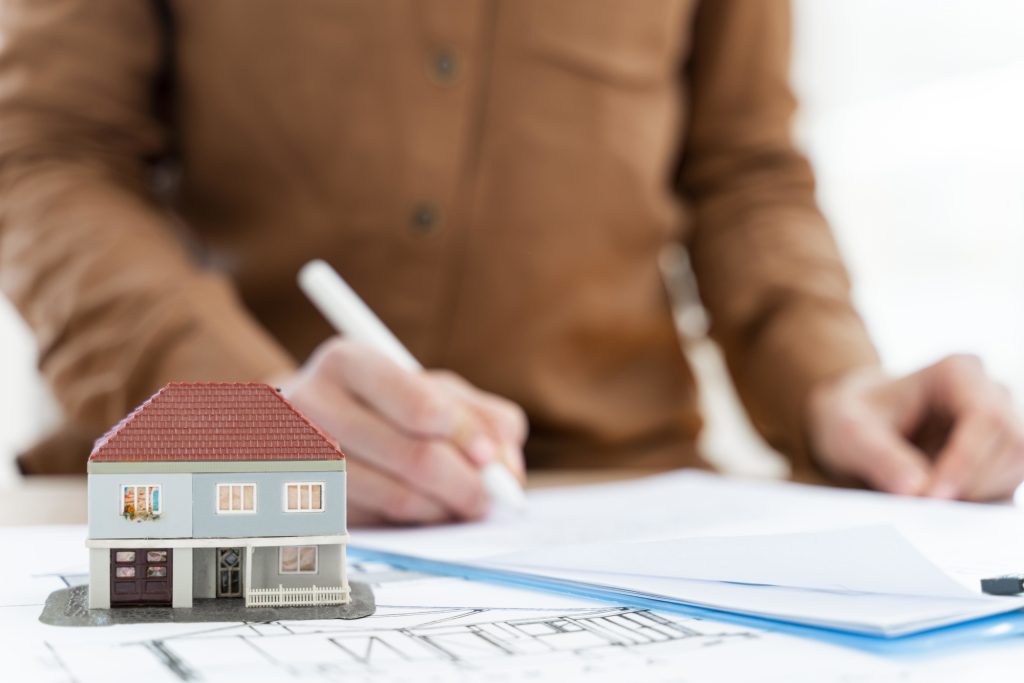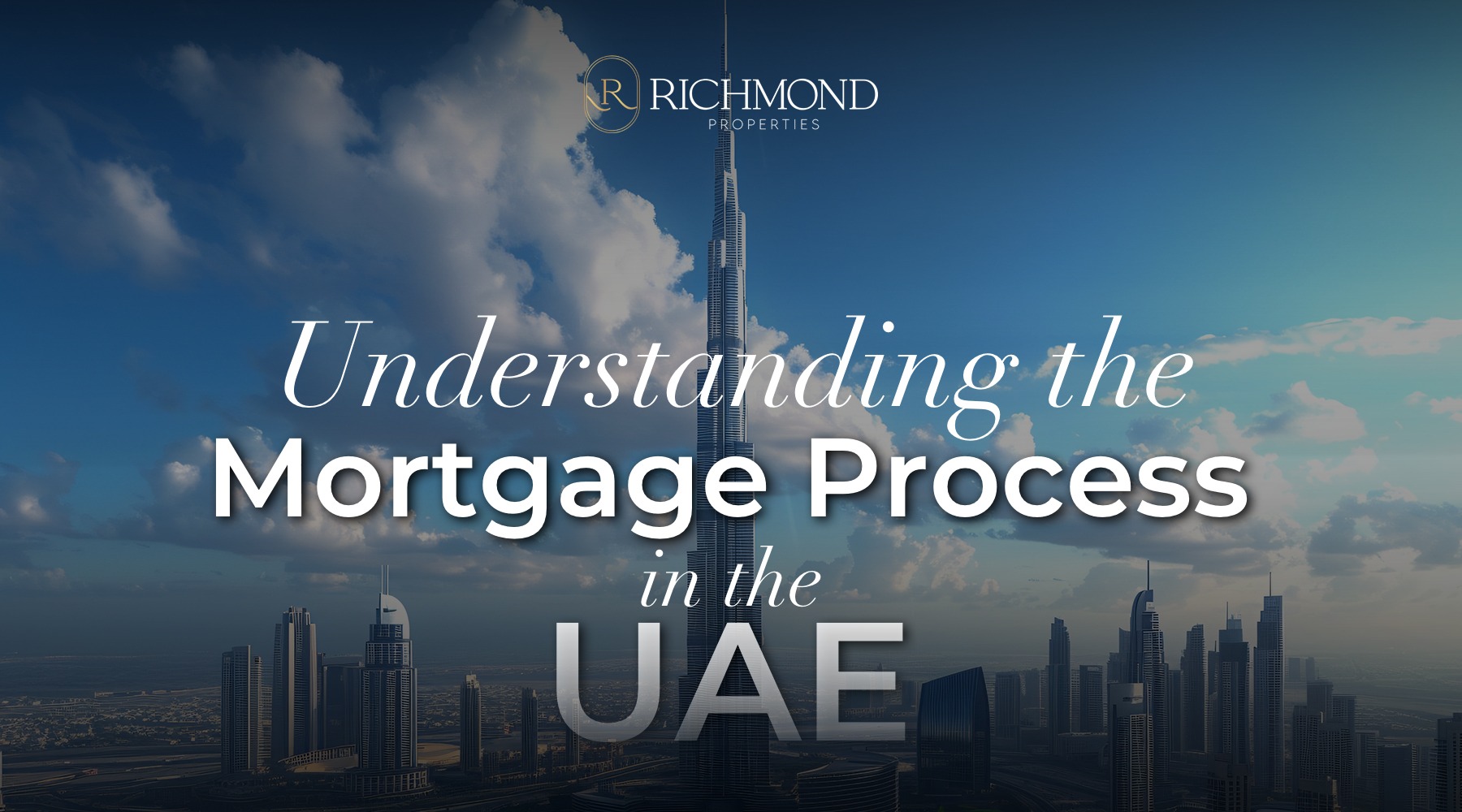You dream about a front-door key that clicks open the next chapter of your life. Yet between you and that threshold stands a mortgage, part numbers, part nerve, and plenty of paperwork. Let’s break the process down, step by strategic step, so you can move from “maybe” to “mine” with unshakeable confidence.
1. Know your Borrowing Power Before you Browse
The Central Bank sets two guardrails. First, the loan-to-value (LTV) ratio: most expat buyers can finance up to 80% of a completed property’s price; Emiratis can stretch to 85 %. Off-plan homes? Expect about 50 % LTV at best.
Second, the debt-to-income (DTI) ceiling: your total monthly repayments, including the future mortgage, may not exceed 50 % of your salary. Cross that line, and the bank’s answer is no, no matter how perfect the villa looks.
Tip: Use a mortgage affordability calculator, then slash at least 10% off the result to create a comfortable buffer.

2. Gather the Ammunition, Documents Talk Louder than Optimism
Banks judge facts, not feelings. You’ll need:
- The latest six months’ bank statements and payslips (or audited accounts for the self-employed)
- Valid Emirates ID and passport copies
- Proof of address (DEWA bill works)
- Credit-card and loan statements
- A signed memorandum of understanding (MoU) for the property once you’ve agreed a price
3. Secure a Pre-approval, AKA your Shopping License
A mortgage pre-approval letter, usually free, confirms the sum a bank will lend for 60-90 days. Processing time ranges from 48 hours to two weeks, depending on how clean your file is. With that letter in hand, you stand taller in negotiations; sellers know your money is real.

4. Choose the Structure that Suits your Strategy
Fixed-rate loans freeze your payments for one to five years, a hedge against EIBOR swings. Variable-rate options ride the index from day one; great in a falling-rate climate, riskier in a spike. Then there’s hybrid pricing: fixed for, say, three years, floating thereafter. Islamic banks mirror these choices through Murabaha or Ijara contracts if Sharia compliance matters to you.
Ask yourself: Are you flipping in three years or nesting for twenty? The right answer dictates the right rate.
5. Crunch the Add-ons, Fees that Hide in the Fine Print
- Down payment: 15–20 % of price (or more if LTV caps dictate).
- Bank arrangement fee: up to 1 % of the loan.
- Valuation fee: AED 2,500–3,500.
- Dubai Land Department registration: 4 % of purchase price plus AED 580 admin.
- Mortgage registration: 0.25 % of the loan amount + AED 290.
- Early settlement fee: capped by the Central Bank at 1 % of the outstanding balance (maximum AED 10,000).
Add insurance (life + property) and conveyancing costs, and you’re looking at roughly 7–8 % of the property price upfront, on top of your equity. Budget brutally, the bank won’t.

6. From Offer to Final Approval: Pace Counts
Once you sign the MoU and lodge the down payment cheque, the bank orders a valuation. If the numbers align, underwriting moves to final approval. Expect:
- Final sanction letter with exact interest, tenor, and monthly instalment.
- Offer letter signing, read every clause; don’t rush.
- Mortgage registration at the trustee’s office.
- Cheque handover to seller or developer; title deed shifts to your name, and the bank’s.
Timeline? Average 3–5 weeks. Delay happens when paperwork is incomplete or property valuations fall short.
7. After the Handover, the Real Marathon Begins
Your first repayment usually kicks in 30 days after drawdown. Missing it dents your AECB score in a heartbeat. Keep an eye on EIBOR: if rates drop later, you can refinance, but remember that 1 % early-settlement cap.
One more edge: funnel every annual bonus straight into principal. Overpaying even AED 5,000 a year can shave years, and hundreds of thousands in interest, off a 25-year schedule.
8. The Strategic Mindset: Investor Vs. End-User
An investor leans toward variable rates and shorter tenors to clear the debt faster. An end-user may favour long fixed periods for stability. Whichever camp you occupy, align the mortgage with your life plan, not someone else’s Instagram reel.

9. When in Doubt, Bring in A Broker
A seasoned mortgage advisor sees invisible traps: hidden switching costs, teaser rates that balloon later, and lender-specific quirks. Their commission is typically bank-paid, so expertise often costs you nothing out of pocket. Still, pick a broker who publishes live rate tables and answers questions before you ask them.
Armed with the facts, the figures, and a game-ready mindset, you’re no longer peering at property listings with timid curiosity. You’re negotiating from a position of knowledge, and in the UAE mortgage arena, that’s where real leverage and lasting peace of mind begin.
That’s why many buyers choose Richmond Properties; our mortgage calculator specialists compare rates across every major lender, secure preferential terms other brokers can’t touch, and walk you through each signature, so you enter the deal fully briefed, never blindsided.
FAQs
1. What is the minimum salary to qualify for a UAE mortgage?
Most banks require a minimum monthly salary of around AED 10,000 for residents.
2. How long does mortgage approval take?
With a clean application and full documents, pre-approval can be received in 2-5 working days; full approval, after property valuation, averages three weeks.
3. Can non-residents get a UAE mortgage?
Yes, several banks lend to non-resident investors, but expect lower LTVs (50–60 %) and higher rates.
4. Are early repayments penalised?
The Central Bank caps the fee at 1 % of the outstanding loan, up to AED 10,000, whether you settle in cash or refinance elsewhere.
5. Fixed or variable, what’s smarter in 2025?
If you foresee EIBOR easing, a variable rate could save you money; if global rates look volatile, locking in a multi-year fixed rate provides certainty. Review the spread, not just the headline.

